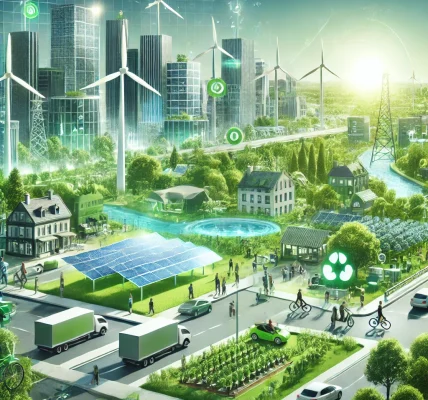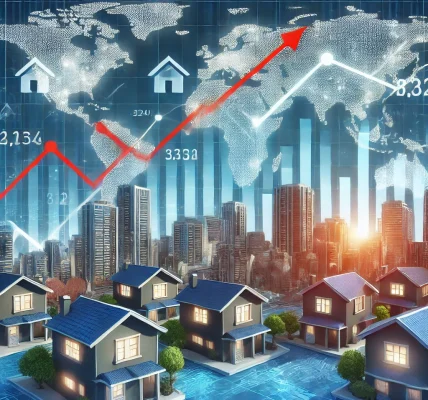The global supply chain is the backbone of the economy, ensuring the smooth movement of goods, raw materials, and essential products. However, recent years have exposed major vulnerabilities, from pandemic-related shutdowns to geopolitical conflicts and natural disasters. These disruptions have far-reaching consequences on businesses, consumers, and the global economy.
1. Causes of Supply Chain Disruptions
🚢 Pandemic Lockdowns – COVID-19 led to factory closures, port congestion, and labor shortages, crippling supply chains worldwide.
⚠ Geopolitical Conflicts – Trade wars, sanctions, and conflicts like the Russia-Ukraine war have disrupted energy, food, and semiconductor supplies.
🌪 Natural Disasters & Climate Change – Hurricanes, floods, and droughts impact agriculture, transportation, and production facilities.
🚛 Labor Shortages & Strikes – Workforce shortages in shipping, trucking, and warehouses cause bottlenecks in product deliveries.
💻 Cybersecurity Threats – Increasing cyberattacks on logistics companies disrupt supply chain management and data security.
2. Economic Impact of Supply Chain Disruptions
📈 Rising Inflation
- Delayed shipments and raw material shortages increase production costs.
- Higher costs are passed on to consumers, raising prices on everyday goods.
🏭 Business Struggles & Closures
- Small businesses and manufacturers struggle with inventory shortages.
- Auto, electronics, and retail industries suffer from semiconductor chip shortages.
🏗 Slower Economic Growth
- GDP growth slows as companies reduce production and exports.
- Developing nations dependent on global trade face economic instability.
💰 Stock Market Volatility
- Uncertainty in supply chains causes fluctuations in stock prices, especially in retail and manufacturing sectors.
- Investors react to disruptions, leading to market instability.
3. How Businesses & Governments Are Adapting
🔄 Nearshoring & Regionalization
- Companies are shifting from global to local suppliers to reduce reliance on international shipping.
🏗 Investments in Smart Logistics
- AI and blockchain are improving real-time tracking, forecasting, and transparency in supply chains.
🌱 Sustainable & Resilient Supply Chains
- Businesses are diversifying sourcing strategies to reduce dependence on a single region.
- Green logistics, such as electric trucks and eco-friendly packaging, are gaining popularity.
📜 Government Policies & Trade Agreements
- Countries are signing new trade pacts to secure supply chains.
- Governments are offering incentives for domestic manufacturing to reduce import reliance.
4. The Future of Global Supply Chains
🚀 AI & Automation – Smarter supply chains will rely on machine learning, robotics, and predictive analytics.
🌍 Decentralization – Businesses will build regional supply hubs instead of depending on single-source suppliers.
🔋 Renewable Energy & Green Supply Chains – Sustainable energy solutions will reduce transportation and production costs.
📦 Consumer Expectations Will Change – Businesses will focus on flexible inventory models, on-demand production, and digital tracking for better efficiency.
Conclusion: Adapting to a New Normal
Supply chain disruptions have highlighted the fragility of global trade, forcing businesses and governments to rethink strategies. While challenges remain, technology, sustainability, and regionalization will shape the future of supply chains. Companies that adapt quickly will gain a competitive edge in the evolving economic landscape.
Would you like an SEO-friendly image or further refinements for your website? 🚀😊




